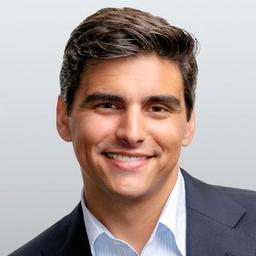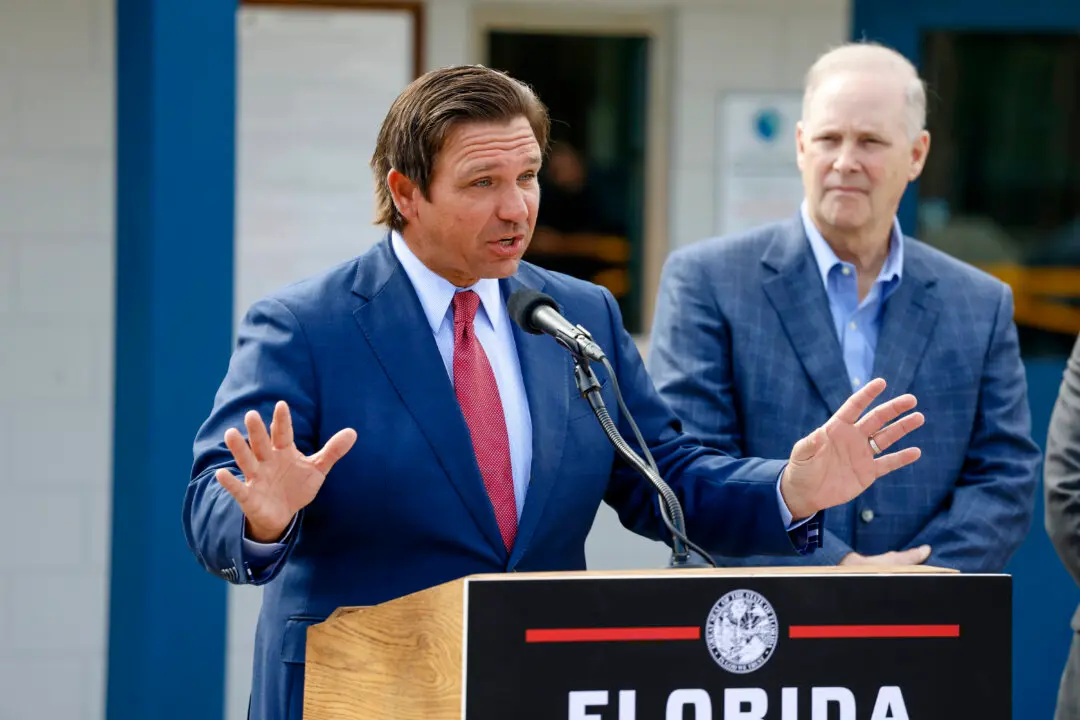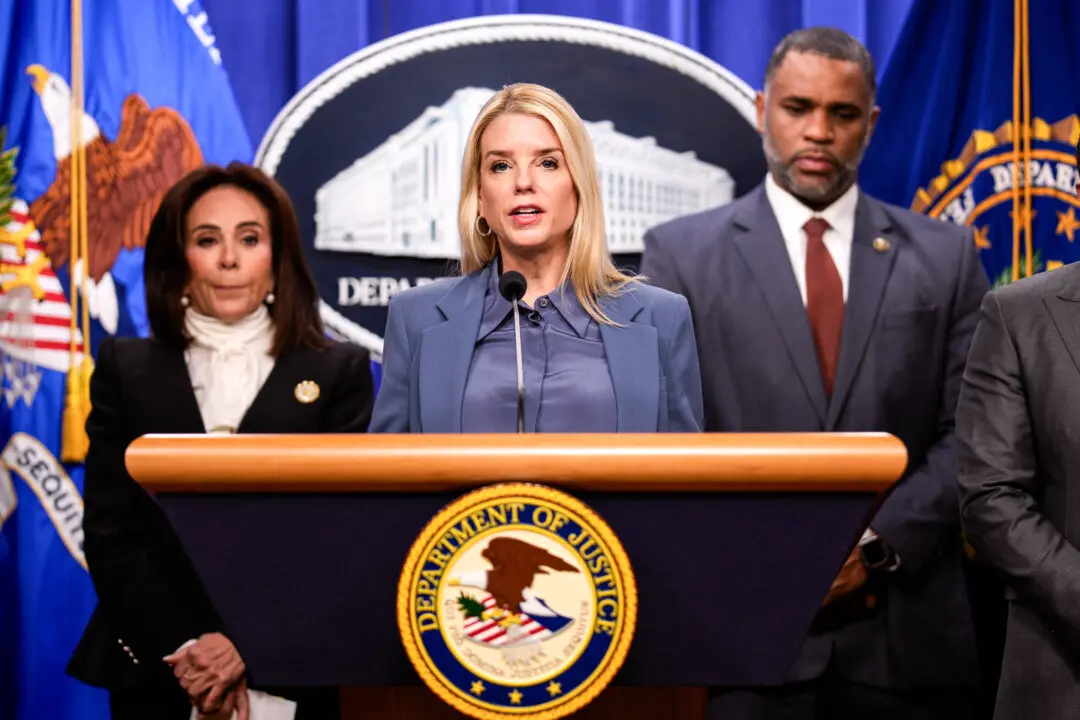Loneliness, depression, and anxiety are reaching epidemic levels among young Americans, and after pumping hundreds of billions of dollars into mental health care to fight those powerful emotions in and out of the school system, the federal government is asked to pay more.
The U.S. Senate Committee on Health, Education, Labor & Pensions (HELP) held a hearing on June 8, to address the rising mental health crisis in America’s youth.





